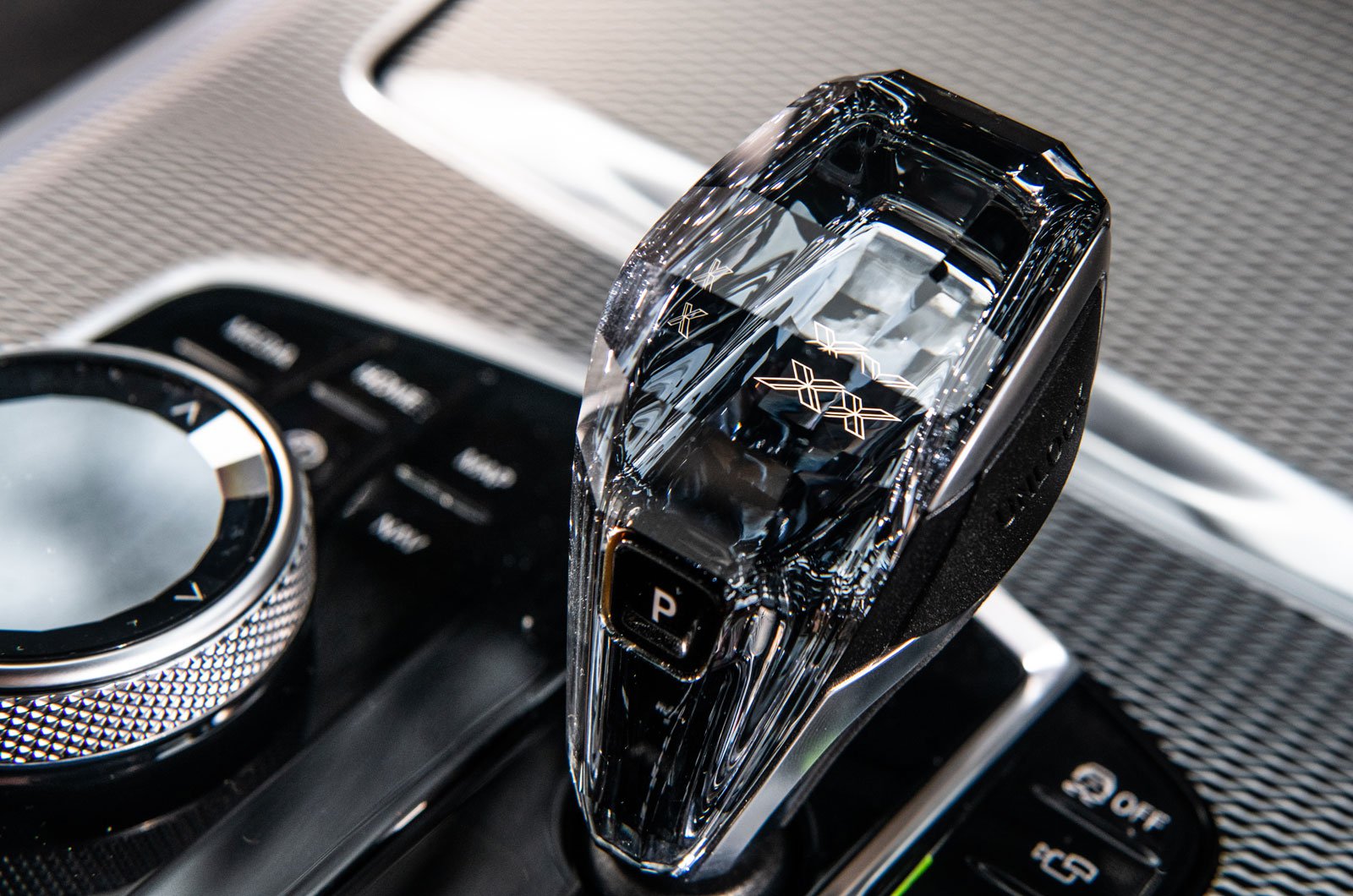- Messages
- 9,612
- Name
- Steve
- Edit My Images
- Yes
Neutral and handbrake for me, also taught to stop far enough back for TnT (able to see tyres and tarmac under the car in front), if at night and blinded with brake lights I just go to main beam in their mirror, childish maybe but it's better than other forms of road rage?
Those are people who don't care for other road users when brake lights can blind the driver behind. Even worse when it's dark. It annoys the hell out of me.
Yes riding the clutch will put more wear on it. Sucks to be those people.
True, but not required if there's already stationary vehicles behind you.My companies Health and Safety people advocate keeping your foot on the brake pedal when stationary to ensure brake lights are on and thus you are more obvious sooner to traffic approaching from behind
Does auto hold in newer cars still keep brake lights on?
Handbrakes generally only operate on rear wheels & many have special pads for handbrake use instead of normal rear brake padsApplying the handbrake will also cause those pads to hold the disc. It doesn't seem so different.
Good job many of us have auto dipping rear view mirrors..... BTW the front driving lights on my Mini Cooper S come on automatically when dipped headlights are on, I don't have any say in the matter. They get even brighter when it's foggymain beam all the time for me on my motor bike mate day and night, just counters all the auto morons in audis bmws with their fog lights on.
Me too.When I was taught to drive, 40+ years ago, putting the handbrake on at lights and putting the car in neutral was drummed into me.
main beam all the time for me on my motor bike mate day and night, just counters all the auto morons in audis bmws with their fog lights on.
Who was that? I've heard of people doing this with ordinary cars but I'm sure it breaks various rules.One of the racing drivers of the '50s had a push switch on the dashboard to operate his brake light so people couldn't see his true braking point.
Do people really still have handbrakes[emoji23]
Who was that? I've heard of people doing this with ordinary cars but I'm sure it breaks various rules.
I ran a Renault Scenic MkII which had a fairly sensible version. You pulled a switch to put the handbrake on but simply accellerated to take it off. Good for hill starts!vowed never to buy to a vehicle without a proper handbrake...partly cause I didn’t trust it at traffic lights...
I ran a Renault Scenic MkII which had a fairly sensible version. You pulled a switch to put the handbrake on but simply accellerated to take it off. Good for hill starts!
- the bloody instructors are now teaching them that way. :banghead:
If you know an instructor teaching them that way, they're an idiot...and probably have a very poor pass rate.
I go through traffic flashing my high beam. This is for the following reasons.main beam all the time for me on my motor bike mate day and night, just counters all the auto morons in audis bmws with their fog lights on.
Leaving an automatic in drive is the same as sitting with it in gear in a manual. For safety you should take it out of drive and apply the handbrake.
However, technically; it actually causes more wear putting it in and out of gear than leaving it in does, so there's an argument for both there. I opt for safety when I drive an auto (and most of my cars have been autos).
A traditional auto box (such as ZF) using a torque converter is very different from a twin clutch auto box. The torque converter performs the same role as a clutch but it uses hydraulic fluid, a turbine and an impeller to transmit drive so there is no mechanical wear. Some torque converter auto boxes have a lock-up clutch to transmit drive when on the move. A third type of auto transmission (CVT) uses two cones and a beltThis is interesting, I have recently bought my first automatic because of a bit of trouble with my left knee being made worse by operating the clutch, I frequently have to drive in stop start traffic. The service manager of the garage where I bought it advised me to put it into neutral at traffic lights, the reason being that with a twin clutch auto gearbox the drive is still being applied and clutch wear is increased if it is left in drive.

...
The service manager of the garage where I bought it advised me to put it into neutral at traffic lights, the reason being that with a twin clutch auto gearbox the drive is still being applied and clutch wear is increased if it is left in drive.
This is the correct explaination for most clutch based automatic. Try to avoid holding the car at ~1000rpm and not releasing the brake fully (eg when you unintentionally relaxed your brake pressure at traffic light). At 700-800rpm, it's perfectly fine to leave in D.Depending on the brand, many cars with dual clutch will disengage creep mode when foot on brake or handbrake on. Performance models excluded: if the revs are ~1000 it’s biting the clutch and wants to creep. If ~800 the clutch is disengaged.
